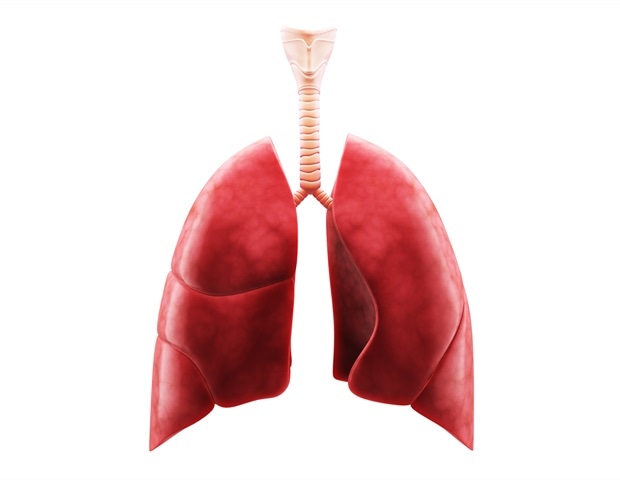In some severe cases of COVID-19, the lungs undergo extreme damage, resulting in a range of life-threatening conditions like pneumonia, inflammation, and acute respiratory distress syndrome. The root cause of those wide-ranging reactions in the lungs has until now remained unclear. A new study by researchers at Columbia and the Columbia University Irving Medical Center sheds light on this mystery.
The study found that ferroptosis, a form of cell death first named and identified at Columbia in 2012, is the major cell death mechanism that underlies COVID-19 lung disease. The finding indicates that deliberately halting ferroptosis with therapeutic drug candidates could improve COVID-19 outcomes. This finding adds crucial insight to our understanding of how COVID-19 affects the body that will significantly improve our ability to fight life-threatening cases of the disease.

" Brent Stockwell, professor, one of the study's lead authors Ferroptosis was first reported by professor Stockwell in 2012. Ferroptosis is an unusual form of cell death in which certain cells die because their outer fat layers collapse. It differs from the most common kind of cell death, which occurs both in disease contexts and in normal processes like aging and involves cells chopping up the molecules in their interior.
Since proposing the concept of ferroptosis, Stockwell's lab has demonstrated that it is instrumental to normal bodily processes, but that it can also attack and kill healthy cells in patients .























